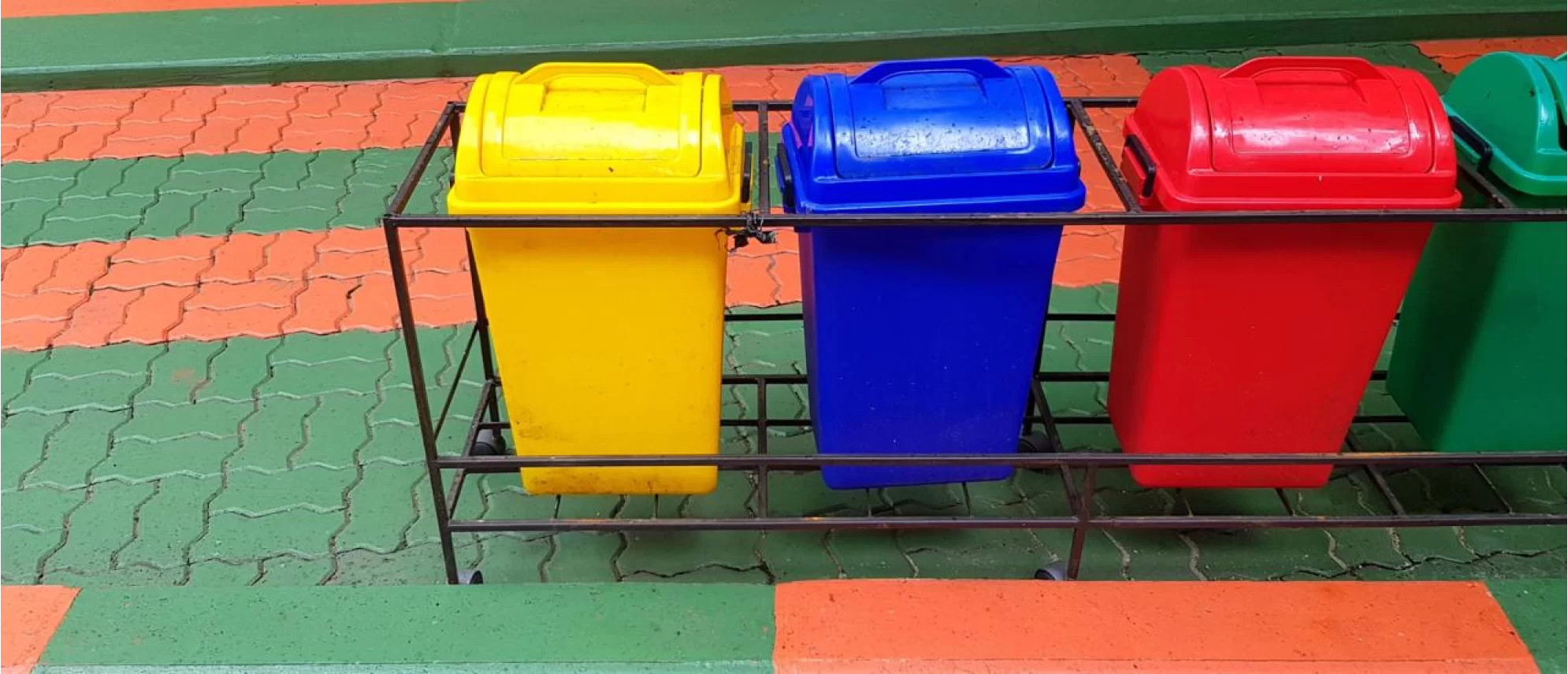
Integrated Waste Management in Project Execution
By Eng. Eva Cetzal Chay
The generation of waste has significantly increased in recent years, and its inadequate management has led to environmental, economic, and social issues. These affect water, soil, and air pollution, landscape deterioration, and impacts on fauna and public health.
Waste, defined as materials, objects, or substances discarded in daily activities, is an inevitable result of human consumption. Its generation depends on consumption patterns and social habits, ranging from food preparation to complex production processes. Given this reality, stopping waste production is a considerable challenge. However, proper integrated waste management significantly contributes to minimizing the environmental impact associated with any activity.
What is Integrated Waste Management?
Integrated waste management includes the planning, implementation, operation, and control of waste handling in a safe manner, from its generation to its final disposal. The main objective of this process is to maximize environmental benefits and optimize economic costs associated with waste management through activities such as collection, transportation, treatment, and final disposal.
Legal Obligations of Regulated Entities
In Mexico, the General Law for the Prevention and Integrated Waste Management (LGPGIR) establishes the foundations for waste prevention and proper management at all stages. According to this regulation, obligated entities include both waste generators (individuals or collectives) and physical or legal persons responsible for their management.
These entities are subject to specific obligations, including:
-
Development of waste management plans: Generators of certain types of waste are required to design and register management plans with the relevant authorities. These plans must ensure the reduction, recovery, and proper disposal of the waste generated.
-
Compliance with Mexican Official Standards (NOMs): Regulated entities must follow the guidelines established in the NOMs related to waste management, including technical criteria for separation, storage, transportation, and final disposal.
-
Periodic reporting: It is mandatory to submit periodic reports to federal, state, or municipal authorities on the generation, management, and disposal of waste, especially hazardous waste.
-
Hiring authorized services: The collection, transportation, and final disposal of hazardous and special handling waste must be carried out only through companies authorized by environmental authorities.
At the state level, the Law for the Prevention and Integrated Waste Management of the State of Quintana Roo complements federal legislation, adapting to local particularities. This regulation imposes additional obligations on generators and waste managers, such as state registration of generators, implementation of environmental education programs, and promotion of sustainable practices within projects.
Benefits of Proper Waste Management
In light of the aforementioned obligations, inadequate waste management can significantly increase project costs. This is due to exposure to fines, temporary or permanent closures of activities, and expenses related to contaminated site cleanup, among other risks. On the other hand, an integrated management plan provides strategies to minimize waste generation and optimize resources. Among the benefits are reducing the volume of waste, decreasing transportation trips to final disposal sites, promoting reuse and recycling of materials, as well as the sale or donation of recoverable waste.
Waste Classification
To achieve effective management, it is essential to classify and properly segregate waste. According to the LGPGIR, waste is any material or object that loses its usefulness after fulfilling its function but can be recovered, treated, or disposed of in accordance with applicable laws. The law classifies waste into three main groups:
-
Urban Solid Waste (USW): Generated in households, establishments, or public spaces as a result of daily activities, including consumed products and their containers, packaging, wrappers, etc. These are further classified into organic and inorganic waste.
-
Special Handling Waste (SHW): Generated in productive processes that do not meet the characteristics to be considered USW or HW. These are subdivided into rock waste, non-biological-infectious healthcare service waste, waste from fishing, agricultural, silvicultural, and forestry activities, as well as waste generated in transportation services, sludge from wastewater treatment, waste generated in commercial centers in large volumes, construction waste, technological waste, batteries, and tires.
-
Hazardous Waste (HW): Those that possess any of the characteristics of corrosivity, reactivity, explosiveness, toxicity, or flammability, as well as their contaminated containers, textiles, or materials.
Recommended Practices for Integrated Waste Management
The practices a project can implement for proper integrated waste management range from identifying waste types, correct segregation, placement of labeled containers, and an exclusive storage area for waste, to ensuring proper final disposal. Additionally, training programs and capacity-building initiatives are essential tools for properly educating workers. These can include topics on environmental awareness, the importance of signage, and appropriate techniques to prevent waste contamination.
Conclusion
Understanding the waste issue and the actions that can be taken to ensure proper management is key to reducing the environmental impact that any activity, project, or establishment may generate. The implementation of a proper management plan not only ensures compliance with regulations but also contributes to sustainable development, fostering responsible environmental practices and optimizing economic resources.
At ECOPLADE
At ECOPLADE, we help our clients implement integrated waste management solutions aligned with federal and state regulations. We offer solutions such as waste management plan design, consulting on separation and recovery of waste, and environmental training. Our goal is to ensure legal compliance while promoting sustainable and responsible environmental practices.
Eng. Eva Cetzal Chay is an Environmental Impact Analyst at ECOPLADESA. She holds a degree in Environmental Engineering from the University of the Caribbean.
